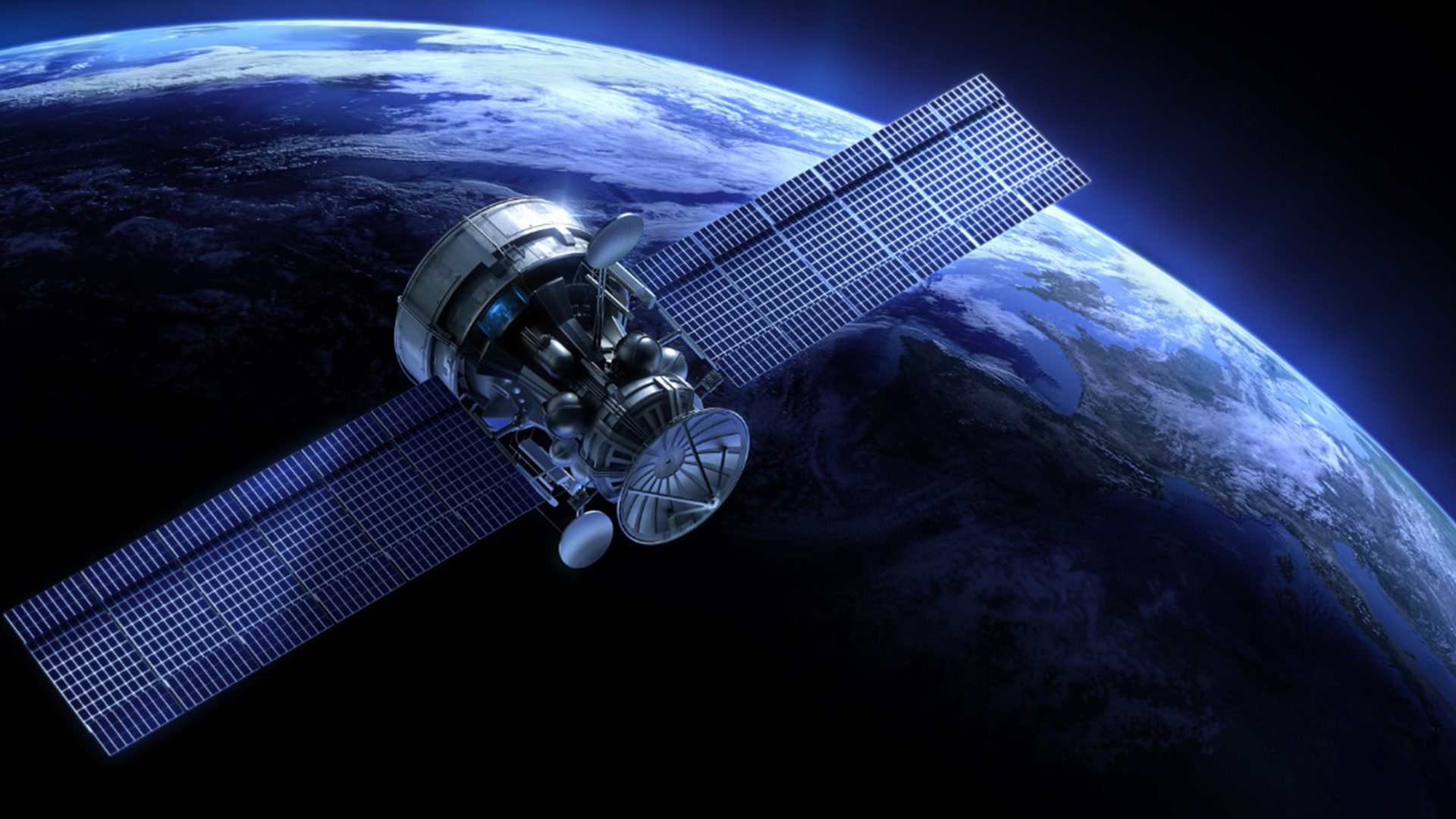Prediction is at least 1 person killed every 2 years
At the risk of being the well-aktually guy, Starlink satellites (along with all other similar recent-design LEO commsats launched from the US) are required by the FCC to be designed in such a way that they burn up completely on re-entry. This claim by the FAA is based on a decades-old study involving the Iridium satellite family, which use an older-type satellite bus design that was not designed to cleanly burn up on re-entry. The Iridium satellites are also much bigger and heavier than Starlink satellites.
You’re absolutely correct. But also consider the capability for Elon Musk to fuck it up by trying to solve the problem in a “disruptive” way. “Oh we reduced launch weight by building the bus out of high temperature carbon composite.”
Pandemics all around me, space debris falling from the sky to smite me, ecological collapse imminent, but I just want to grill.

I have known my entire life that this is how I will die: splattered by satellite debris.
Clods from god
Kepler Syndrome any% speedrun
If you mean Kessler syndrome, the risk is not from LEO (low-Earth-orbit) satellites. It’s a self-cleaning orbit. There’s enough of a trace atmosphere at that altitude that satellites and space stations in LEO actually need periodic thruster-firings to stay in orbit. Inert debris falls back to Earth automatically from friction with that trace atmosphere. Even in a worst-case scenario of a full-scale Kessler syndrome in LEO with hundreds of thousands of satellites spewing debris everywhere, we’d only need to wait a year or so until that trace atmosphere’s friction makes all that debris come back down. We’d have a pristine debris-free LEO again without having to do anything at all.
As an example, the International Space Station has to regularly perform what NASA calls a “reboost” to avoid this fate. Station controllers typically use the thrusters on board cargo-delivery spacecraft, either the Russian Progress or the American Cygnus, but the ISS has its own thrusters and fuel reserves it can use if necessary. The ISS even orients itself when in Earth’s shadow so that the solar panels and radiators are edge-on to the direction of travel to minimize that atmospheric friction. It’s called night-glider mode. This helps the ISS minimize the fuel requirements to stay in orbit.
Another example are the Starlink satellites themselves. They periodically have to use on-board ion thrusters (which are low thrust but are extremely fuel-efficient) to maintain orbit. If a Starlink satellite fails, it falls out of orbit in a few months maximum.
The real debris danger is in higher orbits, generally 1000Km and higher. At those altitudes, the trace atmosphere is pretty much zero, and debris will orbit for thousands of years minimum. There’s a type of orbit at that altitude called a Sun-synchronous orbit that’s vital for Earth-observation science missions, like weather tracking and climate change research. Kessler syndrome at that altitude would basically doom proper effective weather forecasting.
Fortunately that’s not a useful altitude for communications satellites so there are barely any there. For commsats you either want as low an altitude as possible at LEO so that compact ground antennae can communicate with them with very low latency and low power requirements, or way out at roughly-36000Km-high geostationary orbits, aka GEO, where satellites maintain a fixed position relative to a high-power ground stations.
GEO slots are regulated by the International Telecommunication Union. Commercial satellites out at that altitude these days are generally used for one-way broadcasts like TV or radio broadcasts, or navigation-positioning satellites like GPS or GLONASS or BeiDou. GEO is falling out of favour for commsat purposes, because the transmission latency to GEO and back is very high, like 600ms ping times. All the modern commsat proposals are Starlink-like projects in those self-cleaning low-latency low-power-requirement LEO altitudes.
Would you like to… stop him maybe???
burger reich is gonna conveniently program them to “re-enter” directly into the apartments of known dissidents
If that happens to me, everyone feel free to laugh. In a fucked up, tragic way, it’s got a level of irony and humor.










